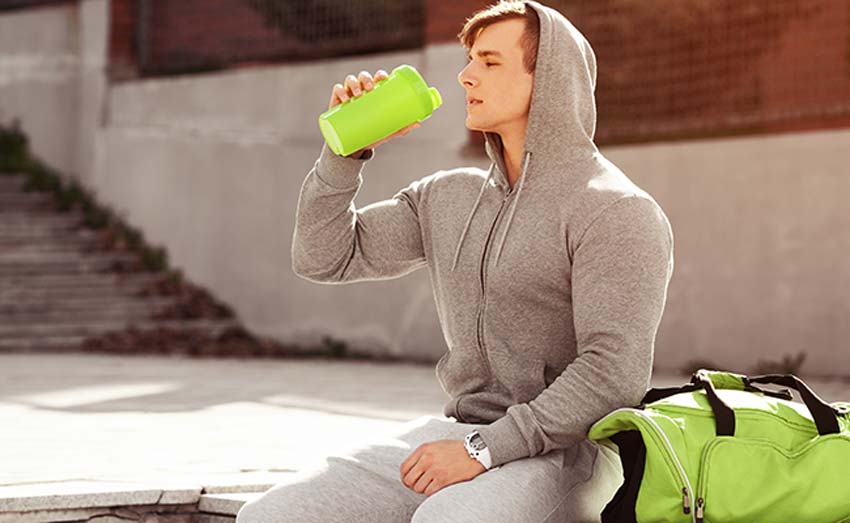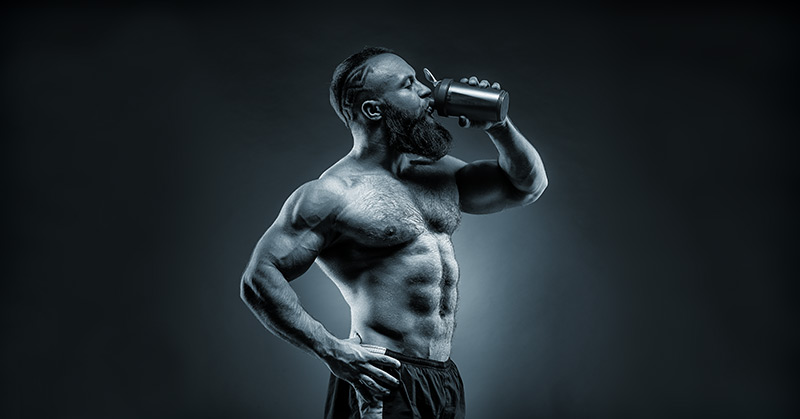Vegan protein: what you need to know
Vegan protein is a great option for vegetarians, vegans, lactose intolerant, and those who want to reduce their intake of dairy or animal protein. However, all vegan protein powders are not equal. They provide a whole different amount and quality of protein. Explanations.
What you need to know about vegan protein powders
The secret to a complete vegan protein is to combine different sources of organic protein. The combination of pea and brown rice protein has been shown to provide the protein for the highest quality, which includes all essential amino acids.
In fact, all vegetable proteins, except for soybeans, are deficient in at least one essential amino acid. Combined, they contain them in their entirety and form a complete protein .
Brown rice proteins
Brown rice protein is 100% plant-based, gluten-free, low in carbs, low in fat, and easy to digest.
It is rich in many essential amino acids including BCAAs, but low in lysine.
A vegan protein powder derived from isolated brown rice may not be ideal but, when combined with pea protein , it becomes a central source of protein.
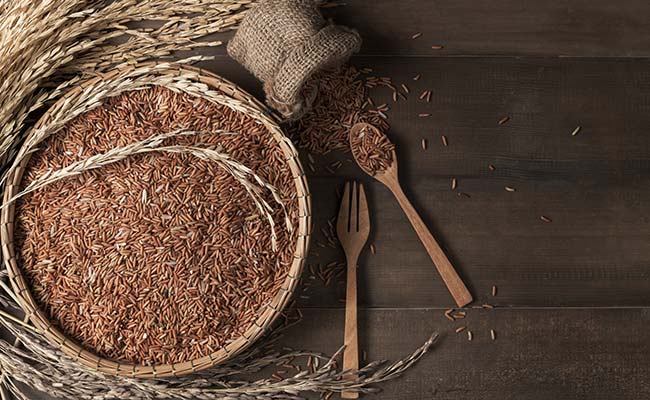
Protein from whole grain brown rice also offers the benefits of vitamins, fiber, folate and amino acids found in whole grain.
Pea proteins
Pea protein is made from split yellow peas, a legume rich in fiber, fat free, cholesterol free, gluten free and particularly digestible.
It contains all amino acids, but is low in methionine, which can be found in rice protein. On the other hand, it is rich in lysine, little present in rice protein.
Pea protein is popular because it is hypoallergenic , in the sense that it does not contain ingredients like lactose, gluten, soy or eggs.
Its success also comes from its benefits on weight loss and muscle building.
Soy protein
Soy protein is made from soy beans. It is a popular vegan protein because it contains all of the essential amino acids. It is therefore not necessary to combine it to obtain a complete protein .
Very similar to casein and whey, soy protein stimulates muscle repair after exercise, and effectively slows age-related muscle loss (sarcopenia).
Soy protein also contains isoflavones, which may reduce the risk of certain cancers and cardiovascular diseases. However, current research has shown that too much soy can distort hormone levels, especially in men. In addition, soybeans can contain GMOs and it is therefore important to choose your soybean source , which must come from an organic chain.
Hemp proteins
Hemp protein is distinguished from other vegan proteins by its content of omega 6 and omega 3 fatty acids.
It is therefore a protein richer in fat than peas or brown rice for example.
Hemp protein contains all of the essential amino acids, but is nonetheless inferior in quality to other vegan protein sources.
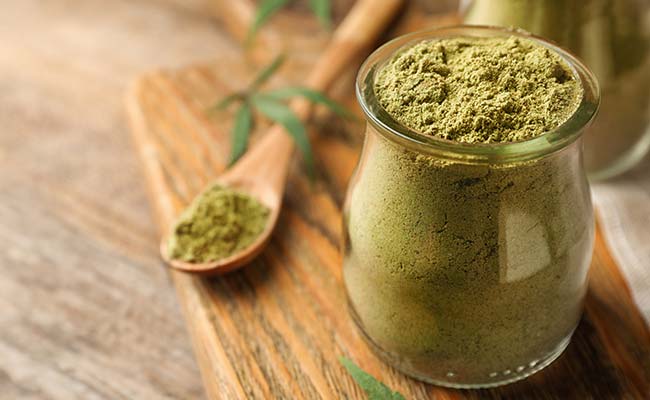
When looking at the quality of protein, it is important to consider its digestibility or how the body can use it. This result is determined using the ” protein digestibility corrected amino acid score ”, or PDCAAS (Protein Digestibility Corrected Amino Acid Score).
A protein that scores 100% provides all essential amino acids.
Pea protein scores 85% while hemp protein only scores 46-51%. This means that pea protein is a better source of essential amino acids than hemp protein
How to use a vegan protein?
Vegan protein powders can be used like any other type of protein and are therefore very versatile.
They can be mixed by taking one to two 30g scoops in a pre or post workout milkshake, mixed with fruits and greens for a snack or meal replacement, or used for cooking.
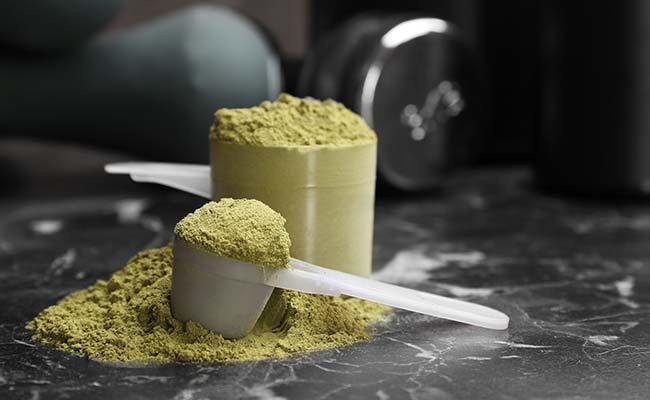
In conclusion
Vegan protein powders can provide all of the essential amino acids the body needs to support protein synthesis , including those needed for muscle repair and growth.
Grains, legumes and seeds are typical sources of vegetable protein, from which fats and carbohydrates are removed during their manufacture.
With the exception of soy, plant proteins are generally low in one or more essential amino acids. This problem is solved when combining several sources such as a mixture of brown rice protein / pea protein , which is the most common.

